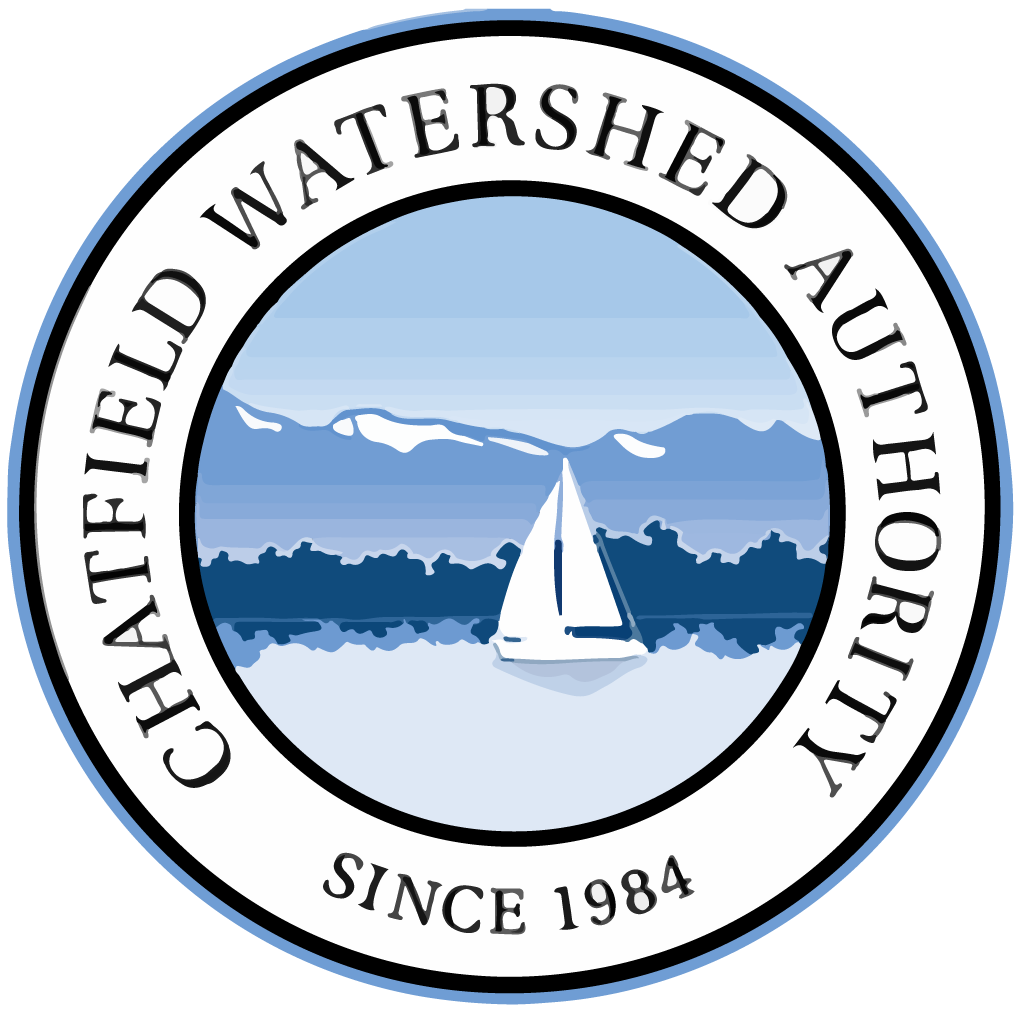Chatfield Watershed Accepting Public Input
Through a facilitated stakeholder process led by the Colorado Watershed Assembly, the Chatfield Watershed Authority (Chatfield), in collaboration with the Colorado Department of Public Health and Environment (CDPHE), land use agencies in Douglas and Jefferson Counties, local municipalities, as well as watershed stakeholders have drafted a sustainable "Chatfield Watershed Plan." A final call for public submission of input from environmental groups, the general public, or other interested stakeholders is requested by January 31, 2014. The document covers watershed goals and objectives to promote water quality, watershed issues and concerns, compliance of Chatfield Reservoir standards, water quality and hydrologic conditions, pollutant source assessment, stream bank stabilization, wildfire management, onsite wastewater treatment systems, agricultural best management practices, and a variety of proposed projects, implementation schedule and strategies."The Chatfield Watershed Plan provides an essential framework for prioritizing and protecting our local natural resources, while it also offers citizens educational information to help adults, kids, pet owners, farmers, and others take responsible action to safeguard public health and safety that ultimately affects water quality in all of our communities," said Casey Davenhill, Executive Director of the Colorado Watershed Assembly, and facilitator of the Chatfield watershed planning process.The comprehensive study, under the coordination of the Denver engineering firm Tetra Tech, culminates two years of analysis and information-gathering by industry professionals in various fields including local government agencies, planning departments, drinking water providers, forest health services, wildfire management, wastewater treatment, riparian ecosystems and agriculture, as well as the general public interested in preserving the natural resources in the Chatfield Watershed. The geographic coverage area of the Chatfield watershed incorporates portions of Douglas and Jefferson counties, including a vast expanse from rural to urban land uses including national forest, open space, public recreational facilities and agricultural lands that dominate significant portions of the watershed.According to Davenhill, "The Chatfield Watershed stakeholders have made an investment in water quality." She added, "They know the benefits of maintaining healthy water for ecological reasons and value a safe drinking water supply.""Chatfield Reservoir and dam on the South Platte River south of Littleton, Colorado were built by the United States Army Corps of Engineers as a response to the disastrous flood of 1965. In addition to its primary purpose of flood control, it serves as one of many water supply reservoirs for the city of Denver, Colorado, and other front range communities, which is why it's essential for all citizens to understand how human, animal, and recreational activities affect water quality and the natural eco-systems that co-exist with one another," said Julie Vlier, supervising engineer at Tetra Tech.Vlier added, "The inclusive public process, in which the Watershed Plan has been carefully developed, focuses on the practical actions that will lead to significant improvements to water quality in this vital watershed."The document, dated October 20, 2013, is posted online under Watershed Plan/Plan Documentation at: www.chatfieldwatershedauthority.org. Public comments should be sent to: Julie.vlier@tetratech.com. Following public feedback on the proposed action plan and water quality projects, the Chatfield Watershed Plan will be finalized in spring 2014. The Chatfield Watershed Plan is being developed through a grant awarded to the Authority from the CDPHE.
